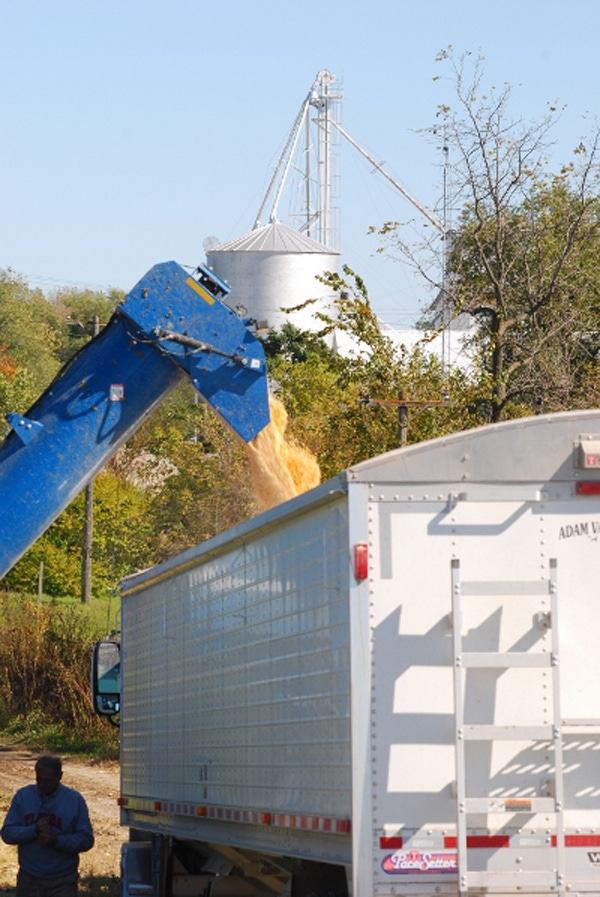September 19, 2014

Corn prices are still low, so Corinne Alexander, Purdue University ag economist, advises storing corn if possible, particularly on your own property. "Keeping crops in on-farm bins, elevators or silos and waiting for market conditions to improve makes the most financial sense," she says.
The alternatives are to pay a premium for space in a commercial storage facility or to sell for prices far below what many farmers expected at the beginning of the season, says Alexander.
"If you don't have storage on your farm, your next best choice might be to sell even if you have to take less than you wanted," she said. "It's a complex equation and there are no easy answers."
Typically, the key variable in determining whether to store or sell crops is the "opportunity cost," Alexander said. That is, farmers should calculate whether they would earn more by depositing the proceeds of an immediate sale or by storing their crops and hoping for higher prices later on.
But historically low interest rates right now mean farmers probably won't lose much, if anything, by keeping their grain in silos instead of money in the bank, Alexander said.
Farmers also should consider that this year's corn glut is likely to quickly fill up the region's grain storage units, making space harder to find and more expensive, Alexander said.
"Indiana has done a good job in recent years of adding more storage space," she said. "But with so much corn coming in at once it will be difficult to find room for it all."
Alexander envisions a situation where excess corn could be "sitting around in piles" while producers and buyers try to figure out what to do with it.
Read more from Purdue about storing grain this fall.
 You might also like:
You might also like:
Why won't you sell corn, soybeans?
You May Also Like




